IR spectrophotometer
A Spectrophotometer is an analytical instrument used to identify materials including organic polymers. Infrared spectrophotometers record the relative amount of energy as a function of the wavelength/frequency of the infrared radiation when it passes through a sample. Therefore, chemical structures of different samples will reflect differences in the IR absorption spectrum allowing for identification of a sample. Unlike a dispersive spectrometer, an FTIR spectrometer or FTIR spectrophotometer is used to simultaneously obtain spectral data of a sample. It does this by using an interferometer to collect the interferogram, also known as the raw data/signal format, which can then be translated into the infrared spectrum of the sample by means of a fourier transform algorithm. As a result there are many advantages including greater signal-to-noise ratio, high resolution, higher throughput, and a short wavelength limit. FTIR spectrometers can be used in a variety of industries including environmental, pharmaceutical, and petrochemical.
Report Abuse
Shipping Details
Based on 0 reviews
Be the first to review “IR spectrophotometer”
You must be logged in to post a review.
Vendor Information
- Store Name: ATLANTIC Scientific and Research Supply
- Vendor: ATLANTIC Scientific and Research Suply
- No ratings found yet!
-
Health & Medical
Magnetic stirrer
MS-3000 is compact magnetic stirrer with stainless steel working surface. Units provide stirring of liquids with rotation speed of magnetic element up to 3000 rpm. Currently it is the highest maximal speed for magnetic stirrers of global producers.
Strong magnets hold the driven magnetic element firmly in the magnetic clutch. Stirring is performed without undesirable heating and noise.
Enclosures of stirrer MS-3000 are made of strong steel and painted with powder enamel, which is chemically resistant to acids and alkali.
The stirrers are supplied with a cylinder-shape magnetic stirring bar (6 × 25 mm) encapsulated in PTFE for universal use.
Magnetic stirrers are ideal laboratory instruments for PH-metering, extraction and dialysing with the small quantities of substances.
Operation temperature range +4°С to +40°С (from cold rooms to incubators) at maximal relative humidity 80%
SKU: n/a -
Health & Medical
water deionizer
The 24″ tall, 7 1/4″ diameter tank comes filled with 13 lbs. of our exclusive ion-exchange resins that remove minerals from the water through a process that binds them to the resin. Because the majority of the impurities are dissolved, deionization produces highly purified water, so no more spots! The two valves control the water flow through the filter. This allows you to bypass the filter when it is not needed to prolong the life of the resin. Add our Stainless Steel Quick Disconnect Set for faster, easy use. The life of the resin depends upon the amount of total dissolved solids (TDS) in your water. Want to know your TDS level? Check out our easy-to-use TDS Meter. The replacement resin is safe, disposable, and easy to install.
SKU: n/a -
Health & Medical
Laminar air flow horizontal
Laminar Flow Cabinet – is used only for sample protection. Laminar Flow Cabinet is a work bench or similar enclosure, which creates a particle-free working environment by taking air through a filtration system and exhausting it across a work surface in a laminar or unidirectional air stream.
SKU: n/a -
Health & Medical
water distillation unit
Manufactured in the U.K., the QWS4 combines performance and reliability with exceptional value for money. This new water still incorporates a number of operational and safety features that make this still the ideal choice for your laboratory. • Output capacity 4Litres/Hour pyrogen free* single distilled water • Distillate quality complies with European Pharmacopoeia for Purified Water & A.S.T.M. Type 4. • Pyrex® glass boiler and condenser minimise potential contamination of distillate from the leaching effect of distilled water on metal components • Distillate pH5.0-6.5 • Distillate conductivity 3.0-5.0uS/cm • 3kW chromium plated heating element with 2 independent re-settable thermostats protect the still in the event of water supply failure • Easy to clean. No glassware dismantling is required • Available in 230V, 220V and 120V versions. Output capacity of 120V model is around 2.4Litres/Hour • Can wall or bench mounted • CE marked by independent testing agency • Supplied with an instruction/operating manual • All of the major components are available as spare parts *We recommend that the distillate is tested before use
SKU: n/a -
Health & Medical
Ph meter
This meter can test pH,mV and temperature in water solution,it is suitable used in lab for those units from industrial and mining enterprises,university and scientific research organ etc.
There is a microprocessor chip inside the meter and the appearance of meter looks nice with easily operation.For notable features read as follows:
1)Large LCD with white background can display both pH and temperature value a the same time.
2)It has intelligent functions for automatic calibration,automatic temperature compensation,data storage/recall,memory max. and min. value etc.
3)Automatically display the percentage of slope after finishing calibration.
4)ºC and ºF can be switched freely.
5)Equipped with Model 600 electrode holder and calibration buffer solution,which is more convenient to use.SKU: n/a -


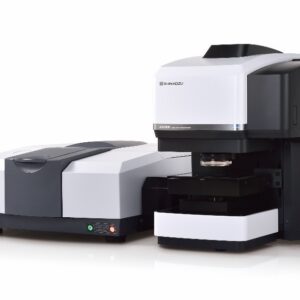
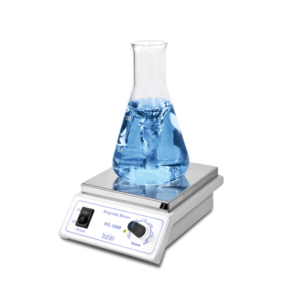
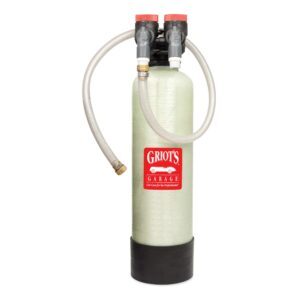
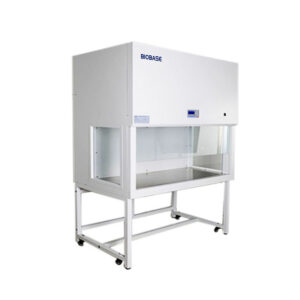
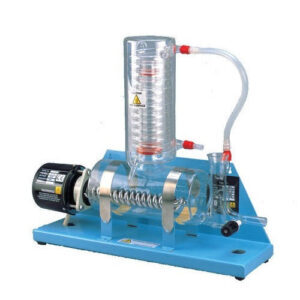
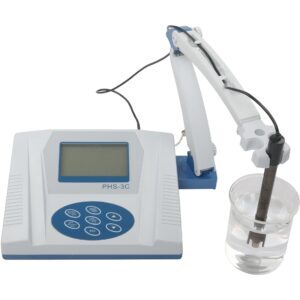

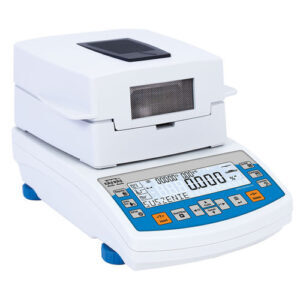
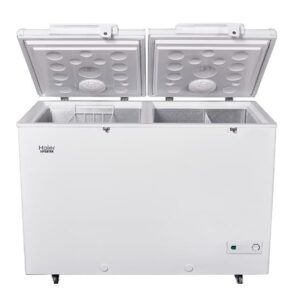
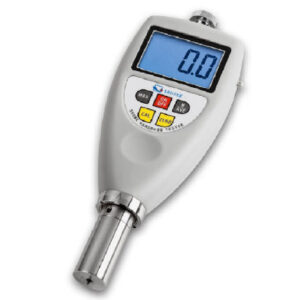
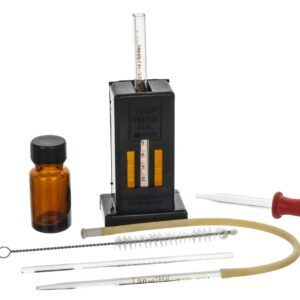
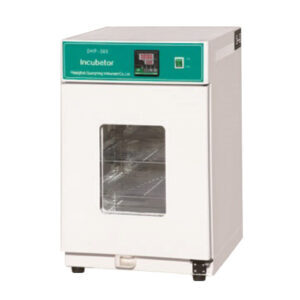
There are no reviews yet.